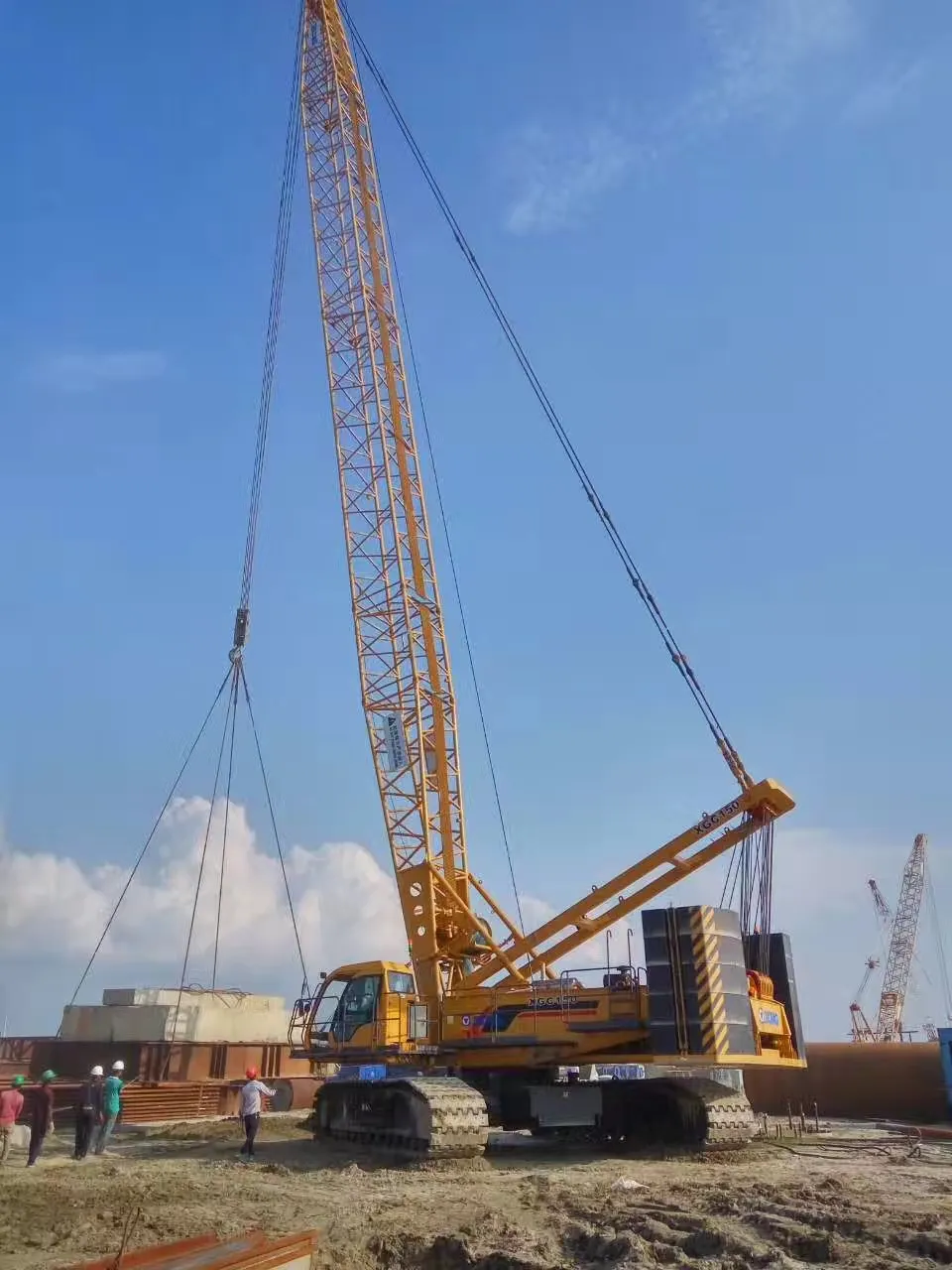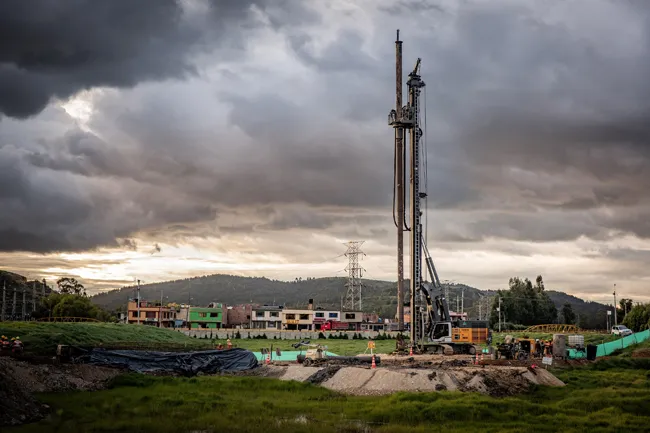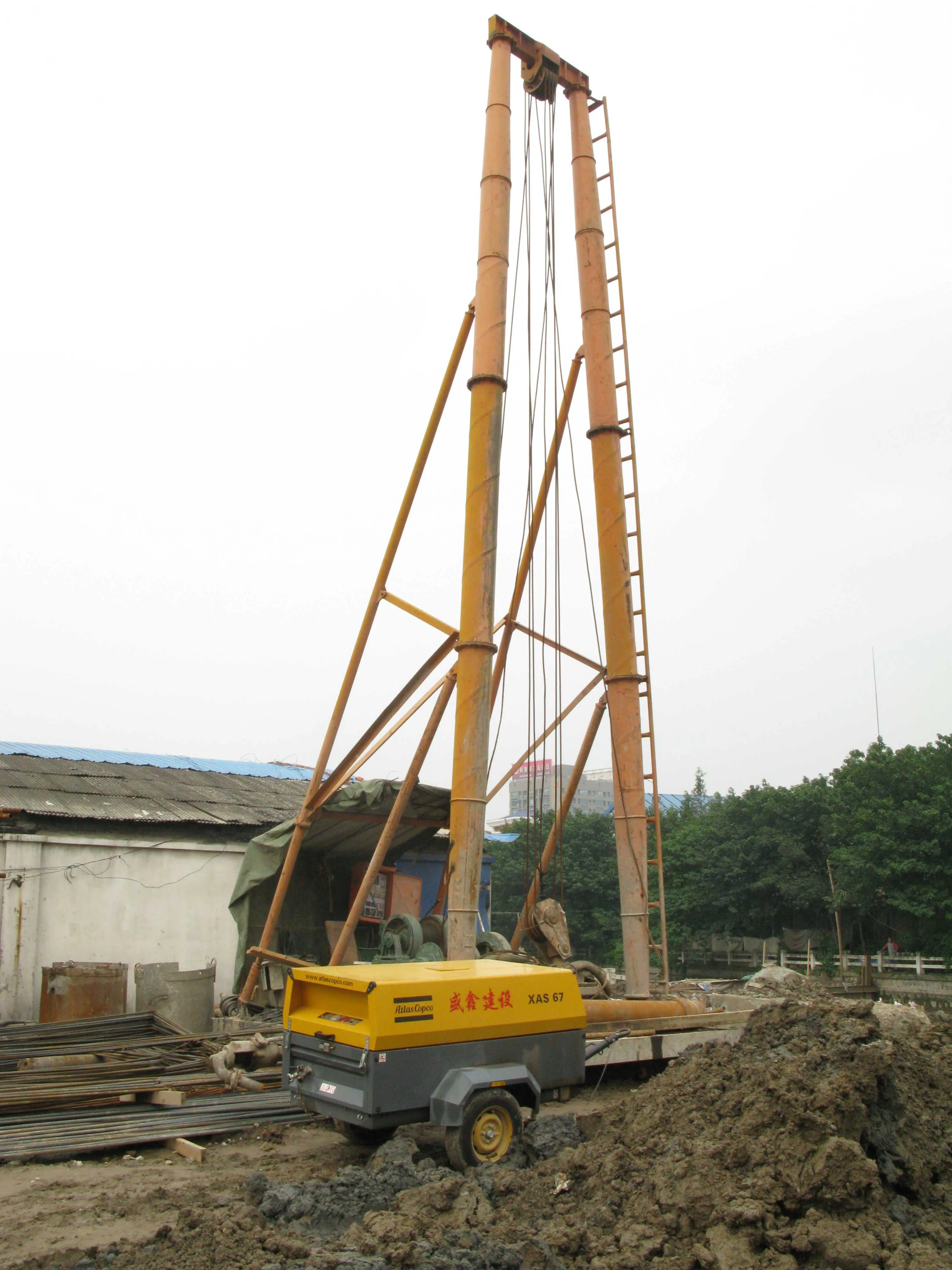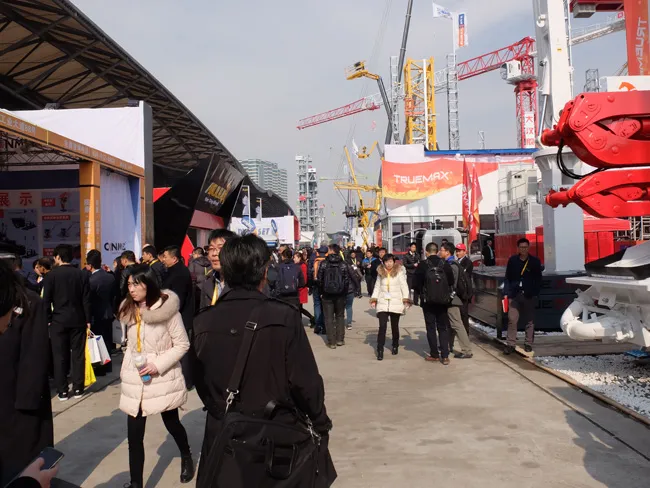
When the bridge is complete it will connect Louhajong, Munshiganj to Shariatpur and Madaripur. In addition to the main bridge section, there is an additional 3.8km approach bridge, which is also very important to the project.
The Padma Bridge is a significant transportation project and forms part of China’s Belt and Road initiative in Bangladesh. This is the largest international bridge project constructed by a Chinese enterprise and also the largest construction project in Bangladesh. When the Padma Bridge is completed, residents living on both sides of Padma River will no longer need to cross the river by ferry. The Padma Bridge will be an important channel connecting China and Pan-Asia by railway in South East Asia.
One of the most challenging aspects of constructing the Padma Bridge is the construction of its foundations. The main Padma Bridge sits on 40 main piers in total and each of these piers requires six large diameter piles. The total weight of 240 of the steel piles can reach 100,000tonnes. The piles sunk for the project include some of the deepest ever used on any construction project in the world.
According to the contractor, XCMG crawler cranes have coped well in the tough conditions, despite the difficulty of the damp, hot and and rainy environment. The machines are said to have efficiently completed jobs including lifting in concrete beams as well as hoisting reinforcement cages for the piles.









